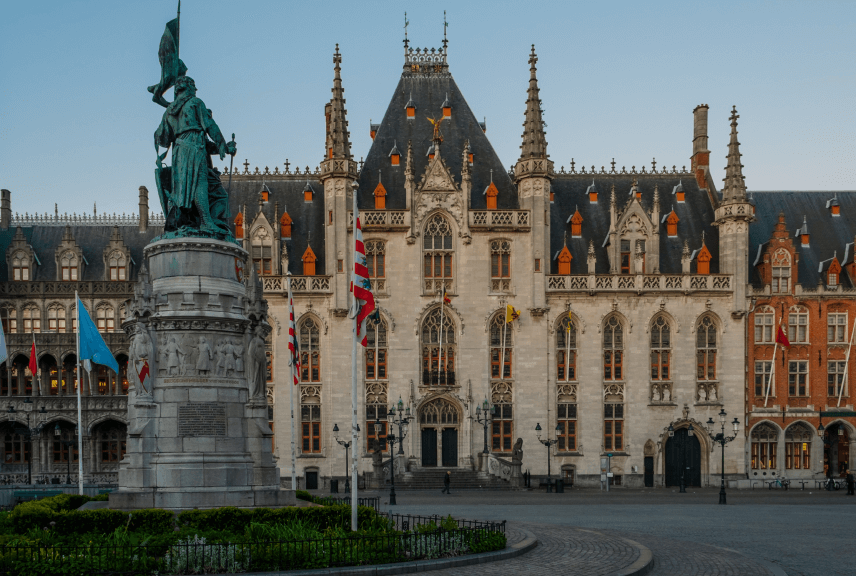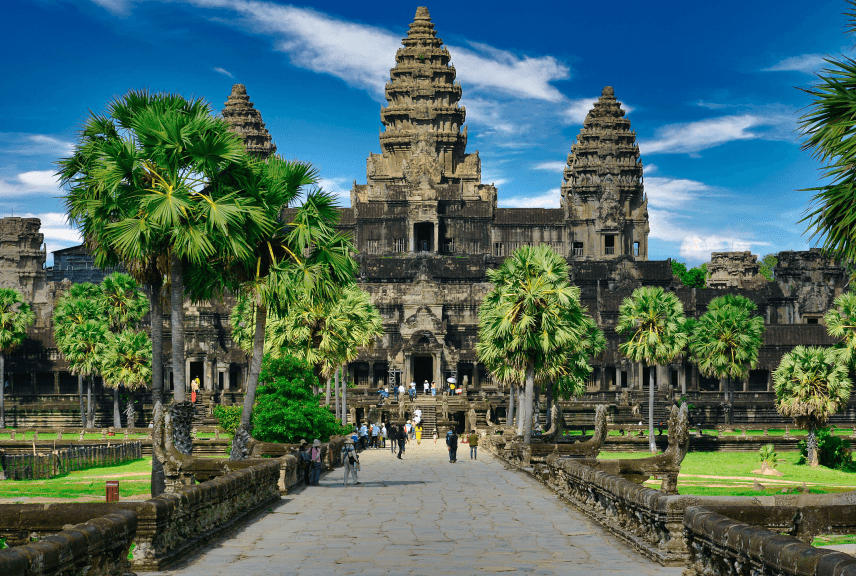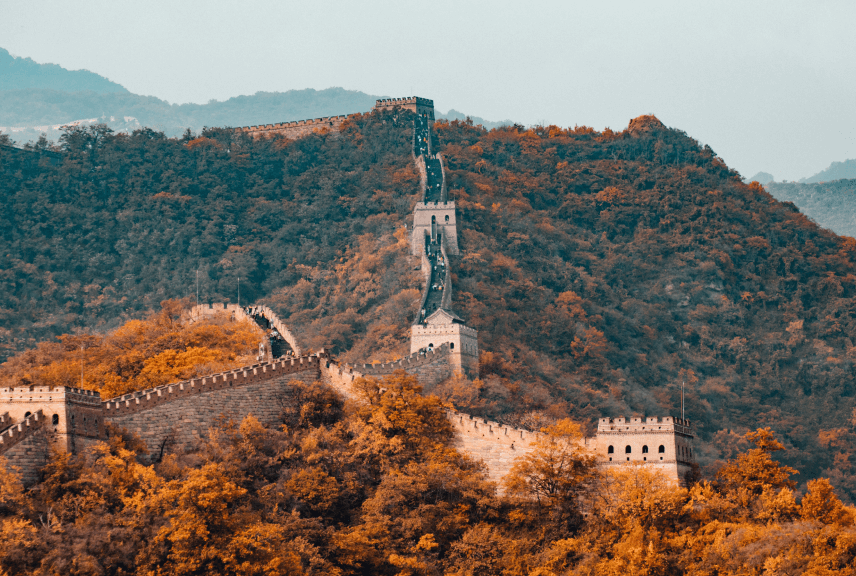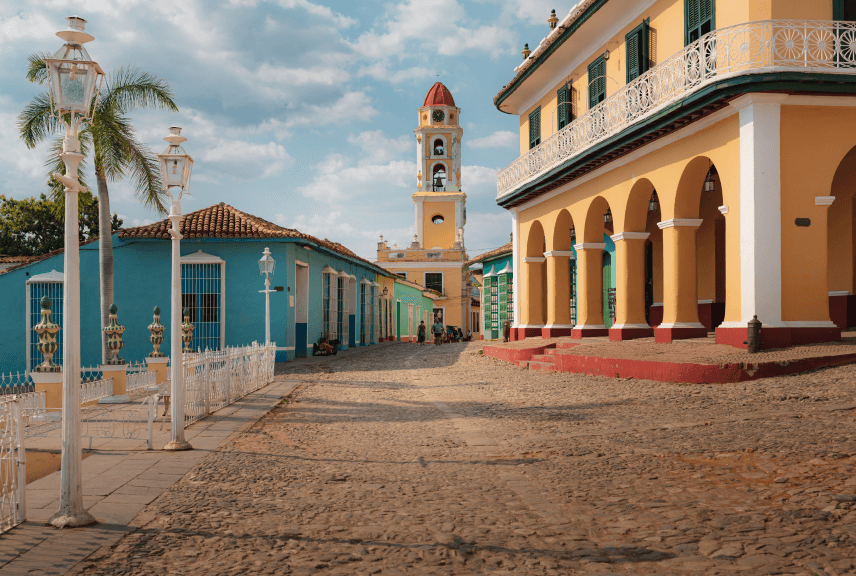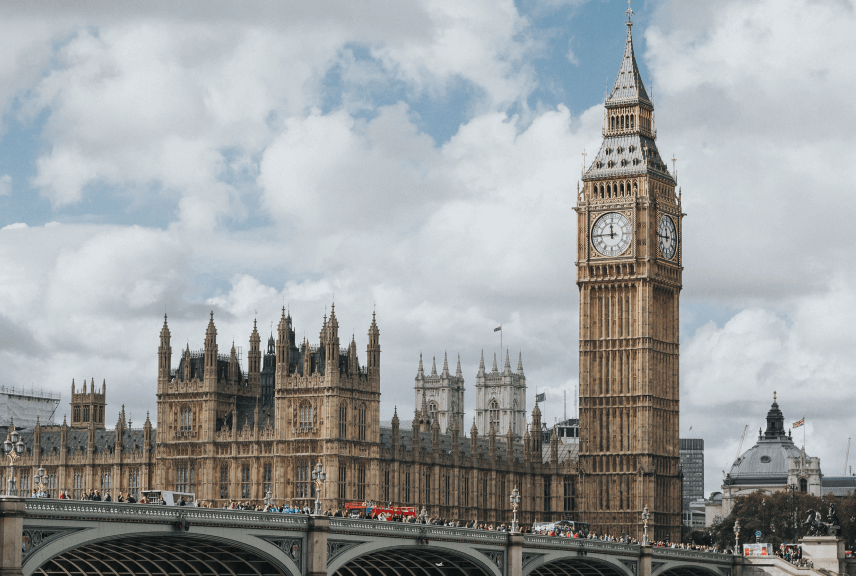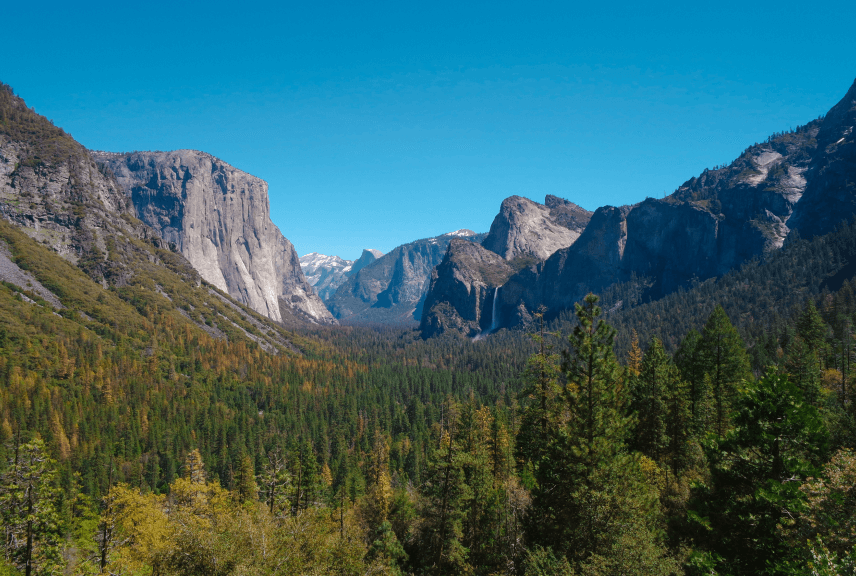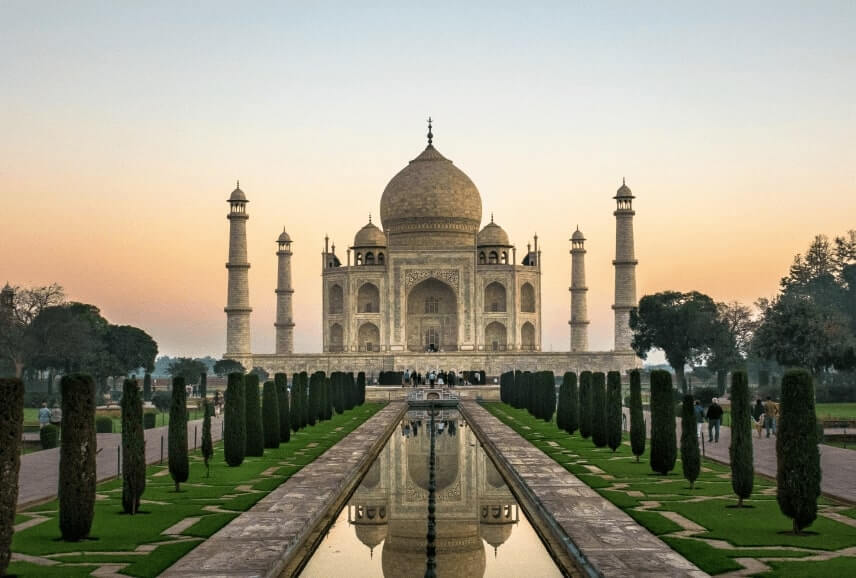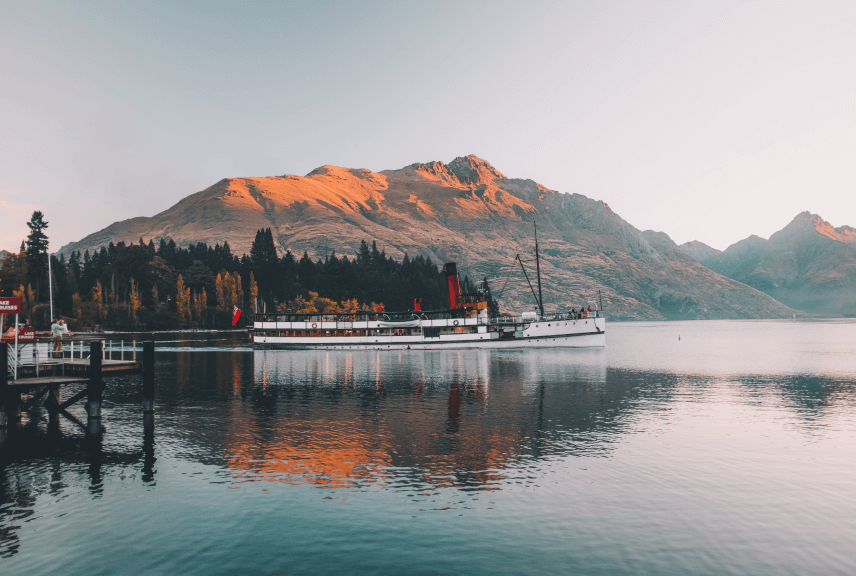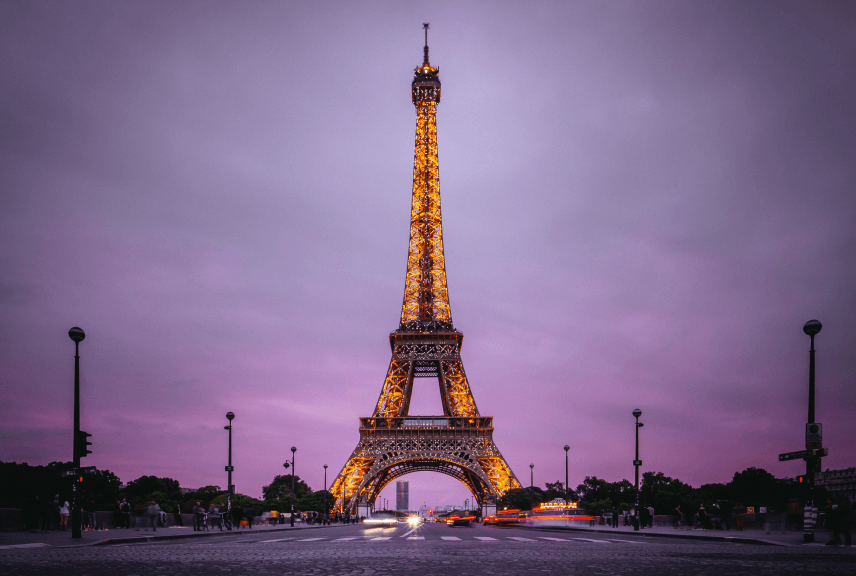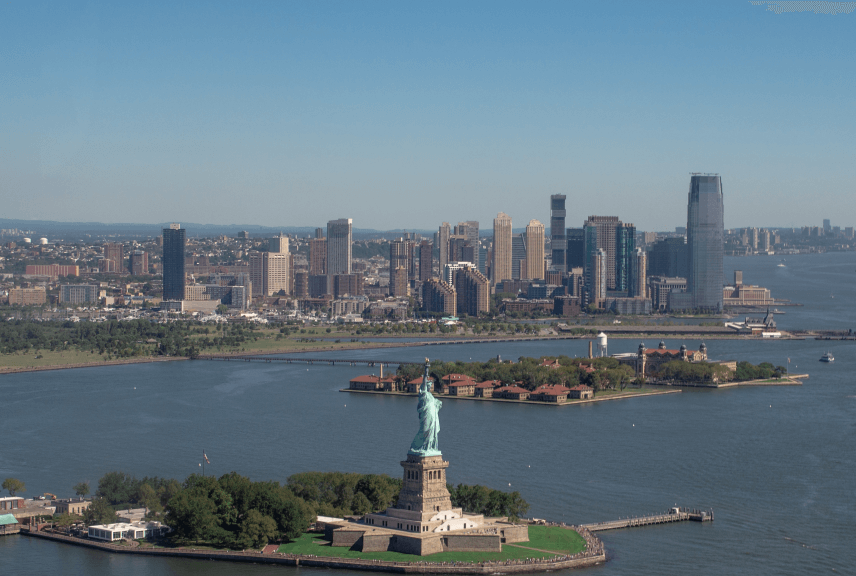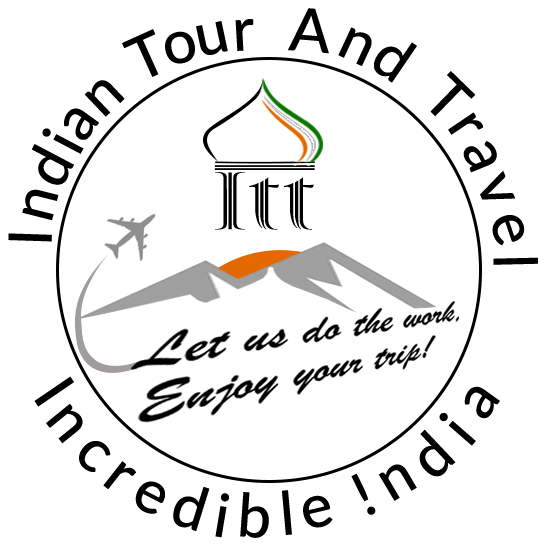Rajpath
Earlier known as the ceremonial Kingsway, Rajpath, which is 2.4 kilometer long, was planned as the central avenue of Sir Edwin Lutyen’s New Delhi. The street is so well designed that even after more than six decades, the central vista of Delhi offers a very open feel to its visitors. It is lined with beautiful ponds, large green lawns and trees on both sides, which makes the environment cool and pleasant. To further extenuate the summer heat, carefully chosen trees like Jamun or Java plum were planted all along the street. The other thing worth noticing in the planning of the city and the arrangement of the streets is that all the main streets have beautiful vistas or views at each end. Rajpath has the Rashtrapati Bhavan and the two Secretariat buildings at its western end and India Gate – the arch of triumph and Purana Qila to its eastern end. Though due to the National Stadium, which was built on the insistence of the wife of the Viceroy, the view of Purana Qila was blocked.

Every year on India’s Republic Day – 26th January – a parade or annual procession is organized here to celebrate India’s becoming a Republic. The street comes alive as millions of people throng both its sides to watch the parade. The President of India takes the salute on Rajpath as marching columns from the armed forces, missile carriers, tanks, elephants and camels pass by and citizens from all over the country showcase their talents and pay tribute to their motherland. Three days after the parade, the Beating of the Retreat ceremony, a spellbinding performance by the massed bands of the armed forces, takes place at Vijay Chowk, the large square before the secretariat buildings of North and South Block.
Edwin Lutyens wanted Kingsway (Rajpath) to slope right up to the Viceroy’s House (Rashtrapati Bhavan) but Herbert Baker, the other architect, ended the slope much before and that too very steeply. As a result the main dome of Rashtrapati Bhavan disappears at the end of the slope as one treads the street from India Gate and rises again as one moves up and ahead. Many prominent governments buildings are visible from Rajpath, such as the Shastri Bhavan, Krishi Bhavan, Nirman Bhavan, and Udyog Bhavan. Rafi Ahmed Kidwai Marg, Man Singh road and Janpath are the three streets, which bisect Rajpath. There are also three important institutions – the National Archives, National Museum and IGNCA (Indira Gandhi National Centre for the Arts) that are located at the intersection of Rajpath and Janpath.
A drive in the evening on Rajpath, when the whole area is well lit, will offer you a really beautiful sight of the central vista of New Delhi.
